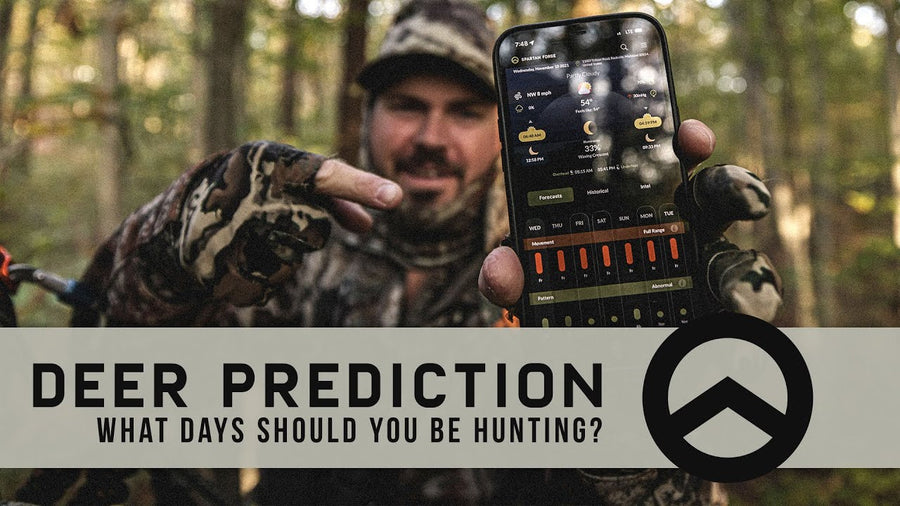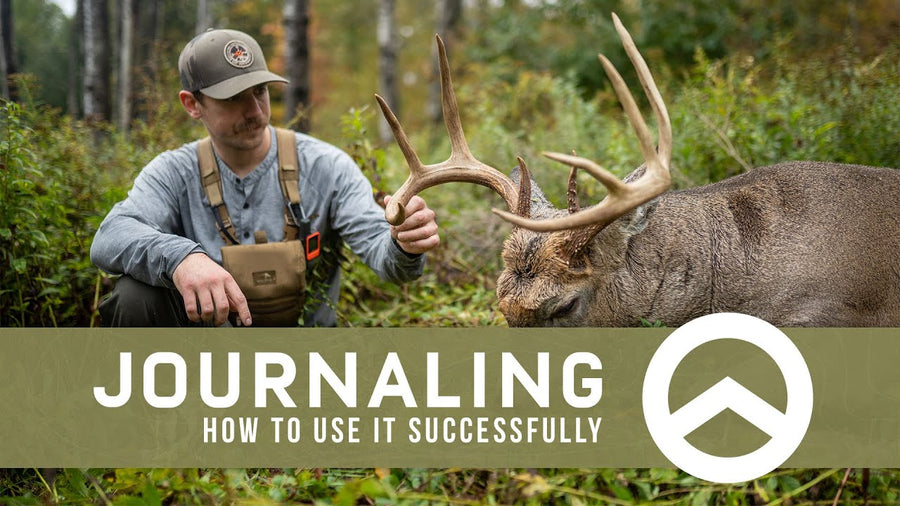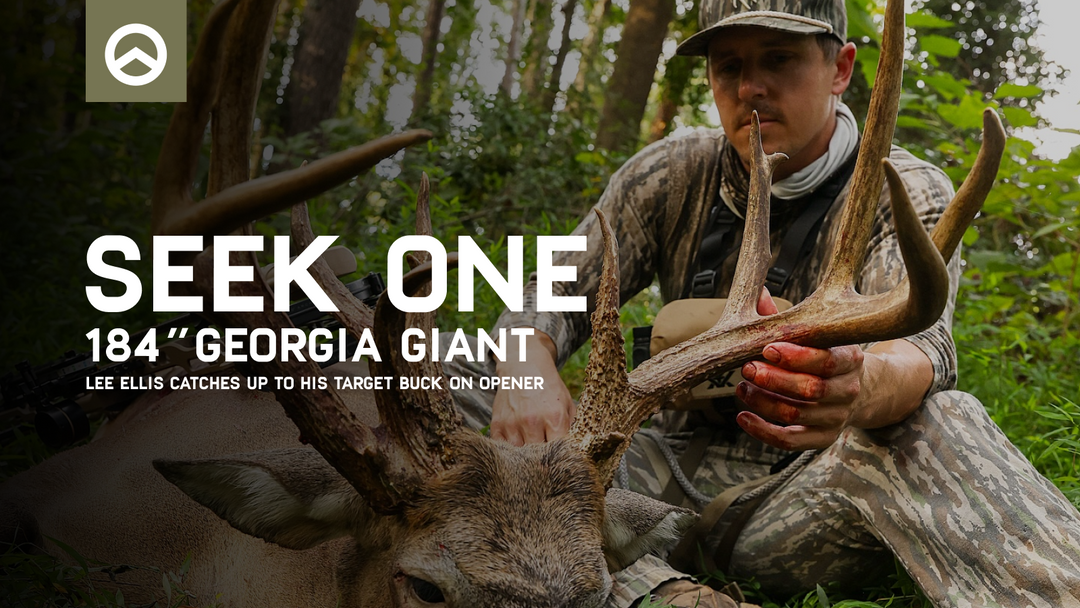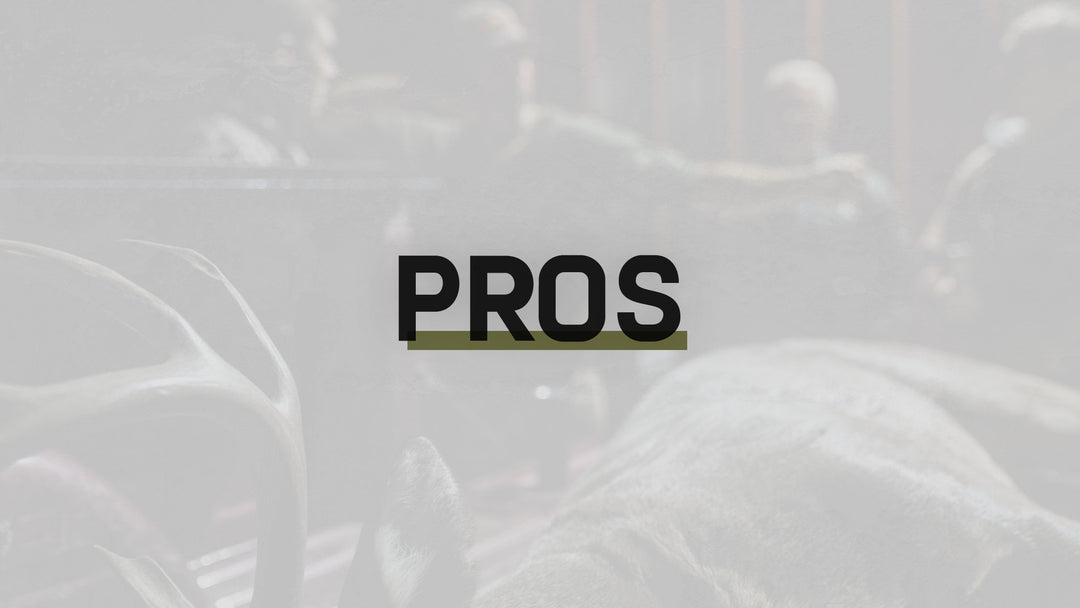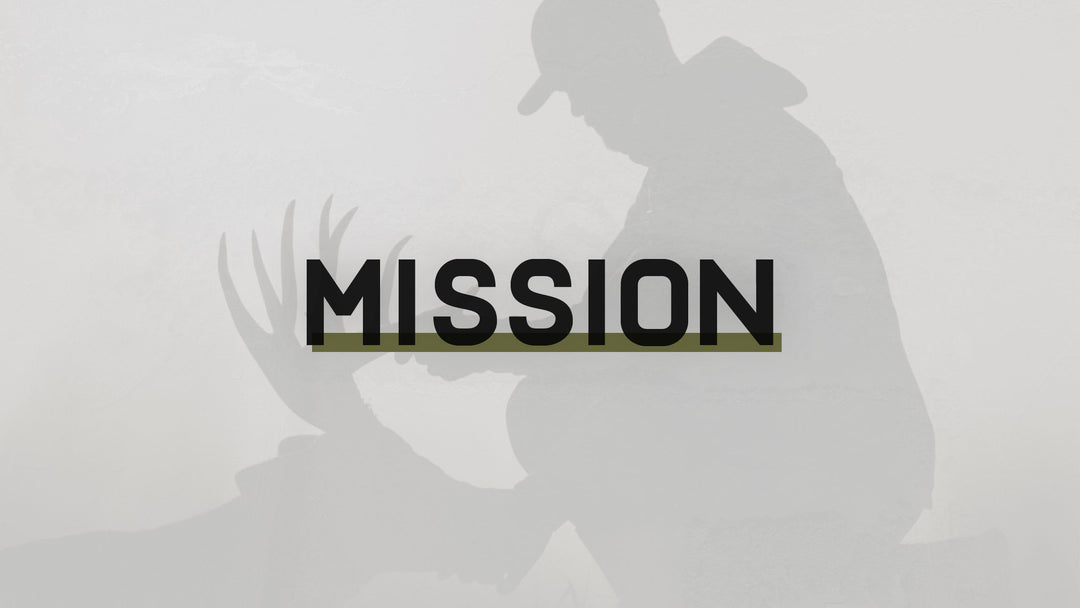Starting Fresh on a New Piece of Dirt
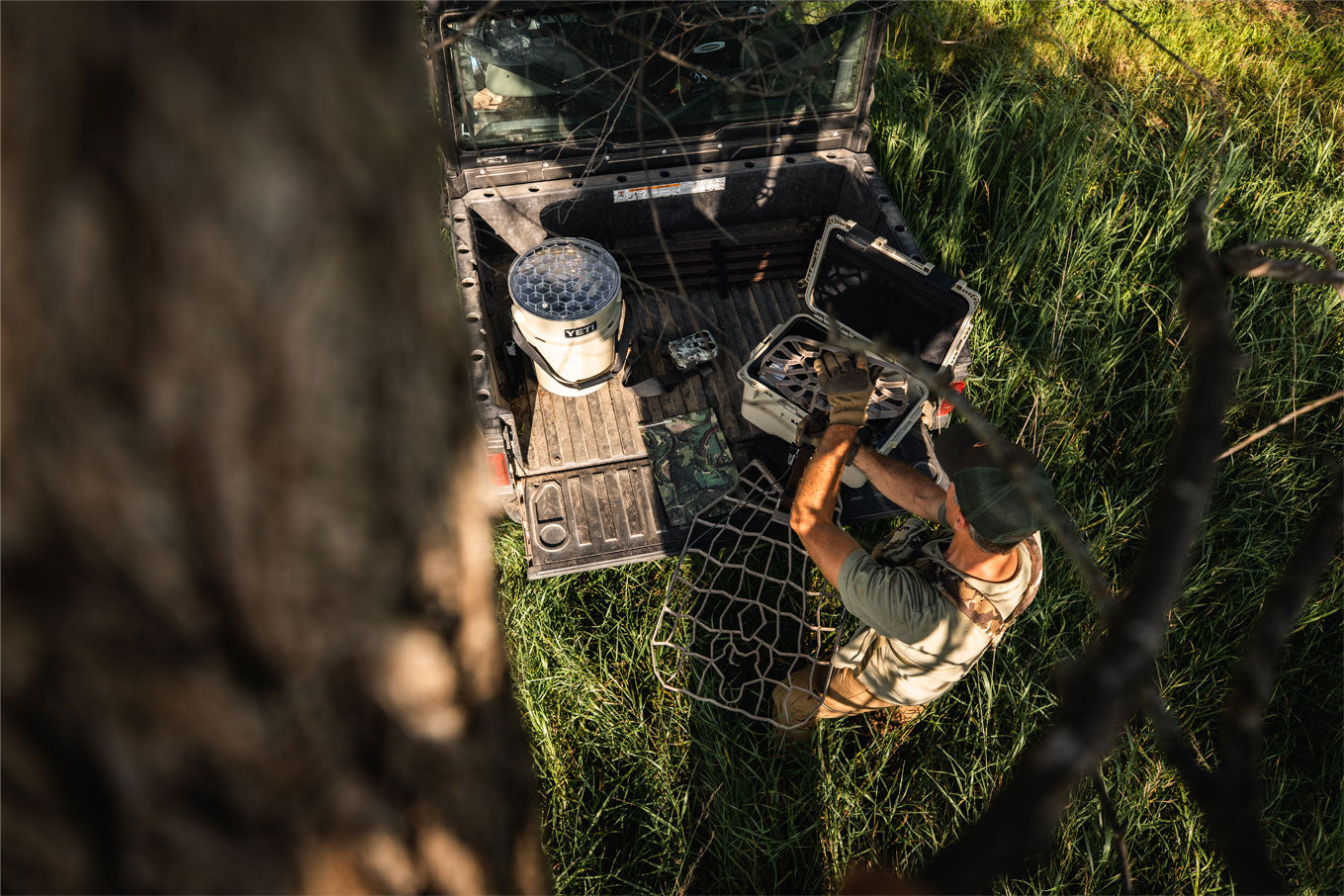
A year ago, when I was told I’d no longer have access to the 520 acres I’d been hunting the previous four years, it was a hard pill to swallow. I’d poured blood, sweat, and tears into that property, learning through painful mistakes just how the does and bucks used it. Turkeys too. I was beginning to see real success. Not because I’m an expert, but because I had experience. But that experience, in an instant, was erased when I was forced to start over on a new tract. It’s a common story that happens to hunters country-wide every year. In the end, we’re better for it, having to work harder and grow our skill sets to find success. But that success won’t come easily without a solid plan of attack.
Straight To the Essentials
If you’re anything like me, you tend to do a lot of overthinking when it comes to hunting. With all the complexities involved with it, however, it’s a lot simpler than we make it out to be. Deer need security, food, and water. There’s no point in complicating it past that when starting on a new piece. So, that’s where my scouting starts. E-scouting for areas that hold all three is my go-to. With the limited amount of time I have, I can’t afford to scout areas that don’t hold all three. I’m looking for spots off the beaten path that are hard-ish to get to, have water, and also food. Creek/river bottoms are usually the first places I mark because not only do they generally hold all three, but they usually have varying terrain and provide hard edges.
Deer love uneven terrain where they can use thermals to their advantage, and they especially love traveling along edges, where pines meet hardwoods, hardwoods meet a marsh, fields meet timber, etc. Riparian Zones provide a lot of food through ample mixed vegetation, and there are usually thick areas to be found that serve as bedding as well. And not only does the water serve to quench their thirst, but it also aids in security. Bucks love to use the insides of oxbows for that purpose. Locate a rub line leading toward the inside elbow of an oxbow, and you’re likely to find a bed when you get there. And crossings are another great way to locate deer in this kind of habitat. They’re usually easy to find. Just walk the edge of the creek or river until you find the most shallow spot where the bank has a nice gradual slope. You’ll usually see tracks at these crossings if there are deer living in the area. And sand barges that pop up out of shallow water will usually show whether there are deer crossing there. They’ll stand on the barge drinking before hopping up the other side. Well-worn creek crossings are great places to hang a camera. Now, finding the right spots and seeing deer sign is great, but once we find it, we’ve got to start making sense of it all.

Scouting 24/7 With Trail Cams
Not everyone likes to use trail cams, but I’m not here to debate the ethics of it. What I will say is that trail cams, especially cellular cams, do in one week what would take me 10 scouting trips to accomplish. They silently scout every minute of every day for one purpose - to take those tracks in the mud and tell me who they belong to, how often they’re coming around, and at what time of day. They are the ultimate form of speed scouting. Of course, they’re not perfect, and relying on them with blind confidence is a fool’s game. They’re a tool. Use them well and they can make your season. Throw them up with no rhyme or reason and you’ll be wasting your time.
Bucks Are Secondary (Kind Of)
You know as well as I do that locating mature bucks requires some fine-tuning of your strategy, but on a new property, if we can’t locate where deer are bedding and feeding, we might as well forget about locating a mature buck. Of course, I’ve always got my eyes out for buck sign and I size up tracks as I come across them, but my main objective on a new property is to figure out which areas are holding deer, mature and otherwise. If you’re quick to figure out where the deer are hanging out and you don’t see much, if any, buck sign, it’s time to put some miles on those boots scouring the nastiest areas that are relatively close by until you find sign that looks promising.
Find the Oaks
It can be a challenge to find beds, especially during the initial year of scouting a new property, so finding food is critical. When I’m not in ag country, I always mark every white oak tree I come across that is close to deer sign. Every year won’t produce a good crop, and every tree won’t be a winner, but oaks should always be a part of the equation during the early-season/pre-rut. If you find good trees, but don’t have a camera to hang, you can always go in and investigate after acorns start dropping with the intention of hanging and hunting right then if the sign is there.

If It Were Easy, Everyone Would Do It
Finding success on a new property isn’t easy. Usually, it takes a few seasons to really learn how the deer are using a tract, which still doesn’t mean you’re going to fill a tag. But in the end, we become better hunters by challenging ourselves with a new environment, with new deer, and with new goals. Maybe year one on new dirt isn’t about killing a mature buck, but about killing a deer. Or maybe for you, just having sightings is a huge win. Whatever level you’re at, there’s always a win that can be found on a new property. You just have to put in the work to get there. So, lace up those boots and get after it. I’ll be doing the same.
Written by Alex Killman at Southeastern Bowhunting
